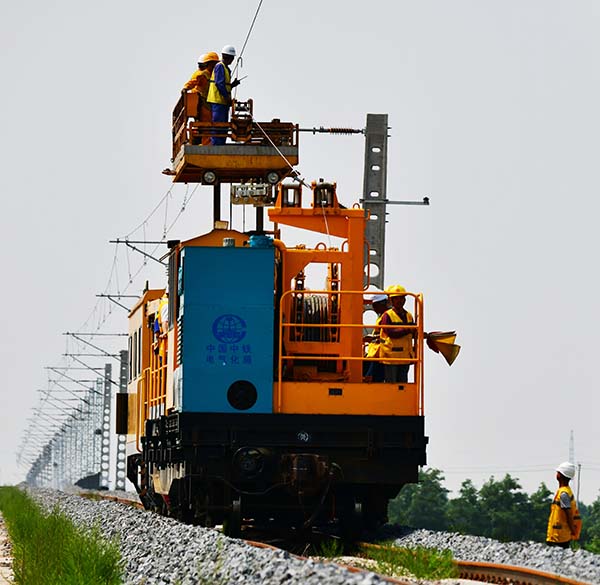

The kneeling cable pullover is a dumbbell pullover variation that primarily targets your lats. You’ll discover this exercise’s correct form, benefits, target muscle groups, common mistakes, and best variations and alternatives. In this article, we cover everything you need to learn about the kneeling cable pullover to step up your lat game. The cable will pull on your lats even when the bar is in front of your chest. This is, however, not the case with the cable pullover. Using a cable instead of a dumbbell allows you to maintain constant tension on your lats throughout the range of motion.ĭuring the dumbbell pullover, when the dumbbell is above your head, there is no tension on your lats. The kneeling cable pullover is a dumbbell pullover variation that primarily targets the lats. This is where the cable pullover variations shine. Still, you cannot overlook isolation exercises as they help fix muscle imbalances and improve strength and conditioning. Compound lifts like the barbell row, deadlift, and cable pulldown will help build size and strength. The problem with most back training routines is that they lack isolation exercises.

Horizontal pulling movements like the lat pulldown and pull-ups help improve your back width, whereas rowing movements like the cable row and barbell and dumbbell bent-over row build your back thickness. The back includes muscles like lats, rhomboids, teres major and minor, traps, and erector spinae. Wide latissimus dorsi muscles can accentuate your V-taper and add to the illusion of broad shoulders and a narrow waist. A developed back can take your physique aesthetics to the next level. Your back is the second biggest muscle group.


 0 kommentar(er)
0 kommentar(er)
